- Established 1982 -HOME: www.hiltonpond.org
THIS WEEK at HILTON POND Subscribe for free to our award-winning nature newsletter (Back to Preceding Week; on to Next Week) |
HUMMERS FOR SURE, PLUS BUNTING AND DOVE AND CHESTNUTS AND PINXTERS After that fleeting feeder visit by a male Ruby-throated Hummingbird (RTHU) on 29 March 2023--three days later than our early record at Hilton Pond Center--we've been waiting for a second one to show. That finally happened on 3 April when a RTHU hit our mist nets just as we were closing them near dusk. It was another gorgeted male and we noticed immediately he had a band on his left leg--undoubtedly a return from a previous banding season at the Center. We quickly extracted the bird and brought him in to the banding table, wanting to get him processed before dark. We were surprised his throat looked much more magenta than red (see photo below); that said, there is considerable variation in the ruby hue of male ruby-throats.
All text, maps, charts & photos © Hilton Pond Center After a quick series of measurements we checked our files to learn we first captured this hummer locally as an adult in a pull-string trap on 11 April last year, meaning he had to have hatched in 2021 or earlier. Thus, he's at least a three-year-old individual and likely was making his third seasonal visit. We took a quick set of photos under artificial light--alas, not as definitive as we might have liked--fed the bird some sugar water, and sent him on his way. In this, our 40th year of studying Ruby-throated Hummingbirds--we are still enthralled a tiny bird weighing less than a nickel gets banded at the Center, flies perhaps 1,500 miles to the Neotropics, and returns to this very same backyard in York SC. Animal migration is truly one of the most fascinating and mysterious aspects of the natural world, so we'll keep on banding hummers at Hilton Pond in the hope of learning what we can. All text, maps, charts & photos © Hilton Pond Center PROLIFIC MOURNING DOVES On the morning of 5 April we were running a few ground traps baited with mixed seed and cracked corn, hoping to capture a few pass-through sparrows to band at Hilton Pond Center. Instead, we snared a very young Mourning Dove (MODO), grayish in color and recently fledged from some nearby nest. The dove was immediately recognizable as a youngster because of buffy edging on nearly all its body feathers and wing coverts (see photo below); this gave a scalloping effect especially noticeable on breast, back, and rump. These soft edges wear off fairly quickly--hastened by self-preening--so soon this young MODO will look more smooth and dovey brown than gray.
All text, maps, charts & photos © Hilton Pond Center Some folks might be surprised to learn we caught such a young bird this early in April, but "early breeding" is par for the course in Mourning Doves. It has been said the species breeds somewhere in the continental U.S. every month. Here in South Carolina MODO likely nest during at least eight months of the calendar year, producing multiple broods and skipping only the coldest mid-winter period. It's no wonder that according to some estimates Mourning Doves are the fourth-most abundant bird species in North America. (Cornell Laboratory of Ornithology's "Top Ten" list is below. Compare these numbers to 7.3 million Ruby-throated Hummingbirds, 5,000 endangered Kirtland's Warblers, and about 200 California Condors in the wild.)
All text, maps, charts & photos © Hilton Pond Center CHESTNUT GROVE FOR JIM SHUMAN
All text, maps, charts & photos © Hilton Pond Center The 6th of April would have been the 78th birthday of best friend Dr. Jim Shuman, --Bill Hilton Jr. All text, maps, charts & photos © Hilton Pond Center THE PINXTER At Hilton Pond Center we'll never-ever-never get tired of spring blossoms of Pinxter-flower, a native azalea that outshines all those various imported cultivars planted far and wide. Even as its earliest flowers die and dangle from oversized pistils (see photos, with multiple yellow-tipped stamens still attached), the shrub's big inflorescence still delights the eye.
All text, maps, charts & photos © Hilton Pond Center Pinxter-flower--like most azaleas--is a rhododendron, specifically R. periclymenoides, although we much prefer its old name R. nudiflorum for its habit of making flowers before any leaves appear. "Pinxter" comes from an Old Dutch word meaning Pentecost because in northern parts of its eastern U.S. range the species blooms well after Easter Week. Not so here at Hilton Pond, where this year the shrubs are essentially done with flowering by Easter on 9 April. Many observers associate the opening of Pinxter-flowers with the arrival of Ruby-throated Hummingbirds, although in our experience the flowers come a week or two earlier.
All text, maps, charts & photos © Hilton Pond Center Easter weekend had a wet prelude in the Carolina Piedmont. The Center's digital rain gauge filled on the 8th with 2.24" of cold rain that followed 0.51" the day before. We're pleased Easter sunrise brought blue skies and cast lots of cheery sunshine on the last of our Pinxter-flower blossoms. All text, maps, charts & photos © Hilton Pond Center COLOR-MARKED HUMMER AND CALICO BUNTING It was a busy and diverse spring day on 12 April at Hilton Pond Center, with the following birds captured for banding: Nine Brown-headed Cowbirds, four American Goldfinches, and one each of Field Sparrow, Yellow-rumped Warbler, Eastern Phoebe, White-throated Sparrow, and Mourning Dove.
All text, maps, charts & photos © Hilton Pond Center Also on the 12th we finally captured our first unbanded Ruby-throated Hummingbird of the new season, a female (after banding and color-marking, above). It's VERY unusual for our first RTHU banding of the season NOT to be an adult male. On average by this date over 40 years of study we would have banded seven males. NOTE 1: All ruby-throats at the Center are marked with temporary non-toxic green dye to minimize recapturing them in our pull-string and electronic traps. The dye wears off in a few weeks. Be alert for any color-marked hummingbirds, especially during migration. If you see one, try to get a photo and contact us at RESEARCH. NOTE 2: The hummer in our photo above had more and darker throat streaking--gray, not red or green--than is typically seen in females, whose throats are often pristine white.
All text, maps, charts & photos © Hilton Pond Center One more capture worthy of note this week was a second-year male Indigo Bunting (INBU, above and below). Older males are a breathtaking solid blue, but this one was a calico mix of brown and indigo. At fledge time last year this younger male would have been all mousy brown like female INBU of any age. While in the Neotropics he started acquiring his complement of blue adult feathers but never finished; this time next year he should have full blue attire.
All text, maps, charts & photos © Hilton Pond Center Incidentally, Indigo Buntings commonly come to sunflower seed feeders--especially in spring migration--so keep an eye out for the next few weeks. (Some INBU will continue northward; the species breeds across the eastern half of North America from Florida to southern Canada--and even in the southwestern U.S.)
All text, maps, charts & photos © Hilton Pond Center NOTE: Although folks sometimes confuse brown female INBU (above) with brown female Brown Headed Cowbirds (below), the bill in the latter is all black and noticeably pointed. Indigo Bunting bills are more conical and bi-colored, with the top black and bottom bone-colored.
All text, maps, charts & photos © Hilton Pond Center HILTON POND SUNSETS "Never trust a person too lazy to get up for sunrise
All text, maps, charts & photos © Hilton Pond Center Sunset over Hilton Pond, 4 April 2023 Perhaps one of the last clear reflections as Rootless Duckweed All text, maps, charts & photos © Hilton Pond Center Don't forget to scroll down for lists of Hilton Pond supporters and of all birds banded and recaptured during the period. Photoshop image post-processing for this page employs |
|---|
|
"This Week at Hilton Pond" is written and photographed by Dr. Bill Hilton Jr., executive director of Hilton Pond Center for Piedmont Natural History
|
|
|
Please refer "This Week at Hilton Pond" to others by clicking on this button: |
|

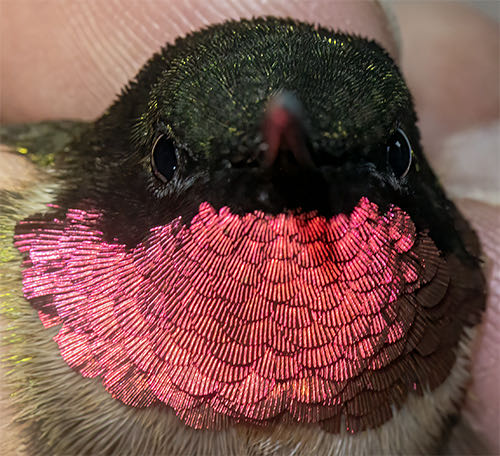
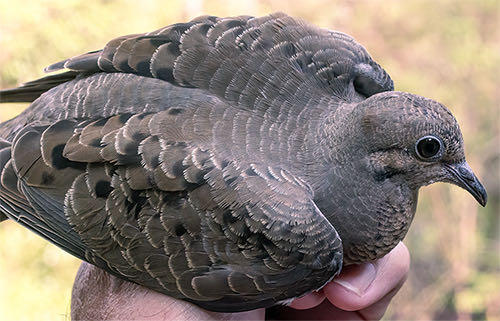
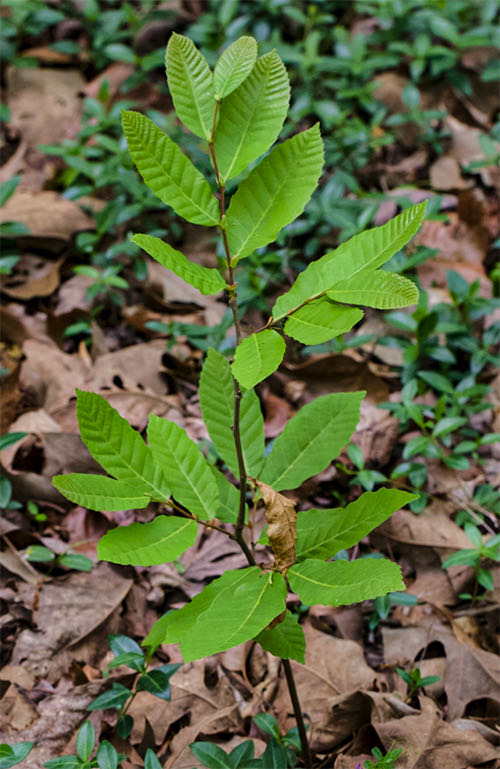
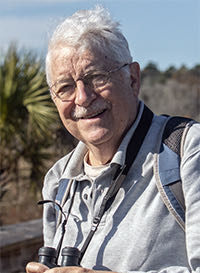 who unexpectedly passed away last October. Jim served 24 years as founding president of the Board of Trustees of
who unexpectedly passed away last October. Jim served 24 years as founding president of the Board of Trustees of 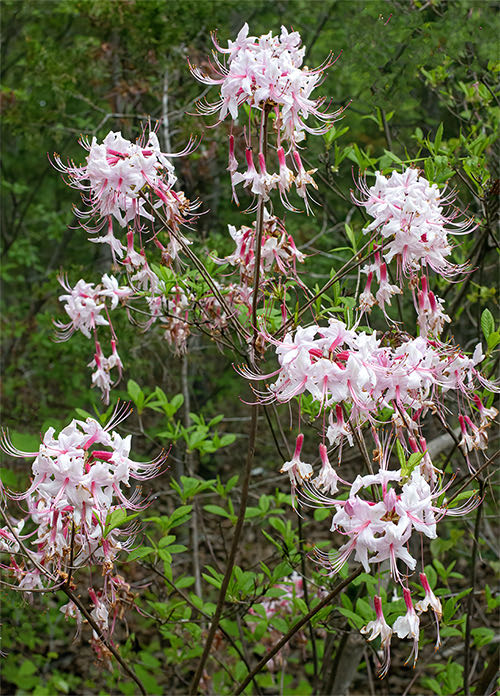
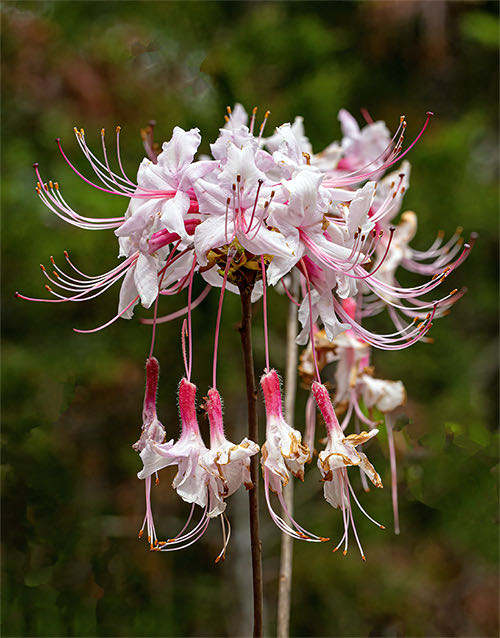
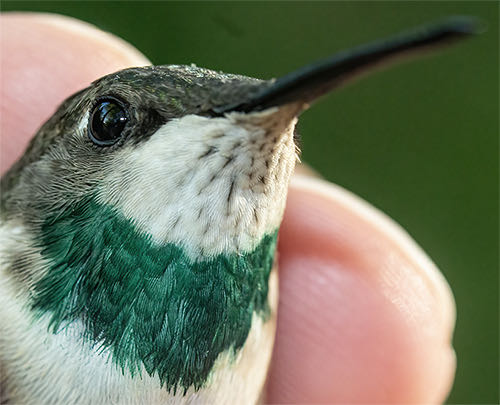
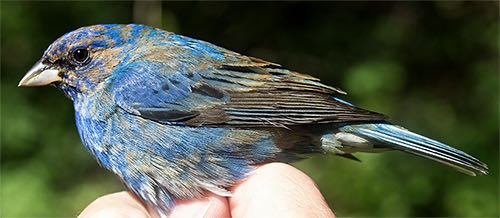
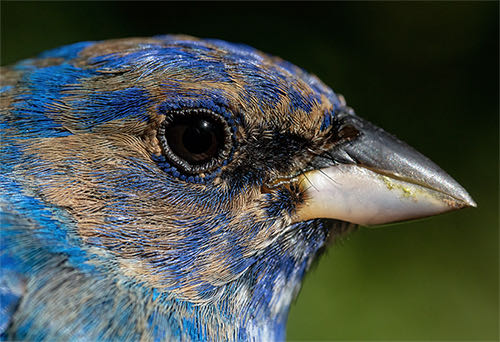
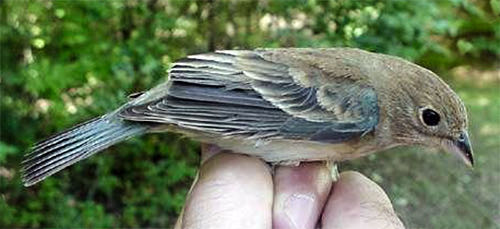
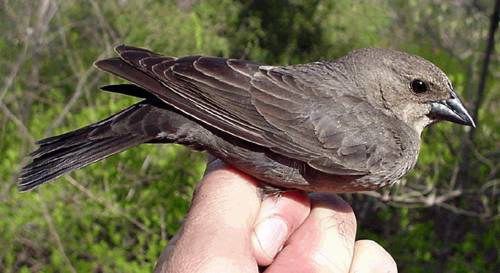
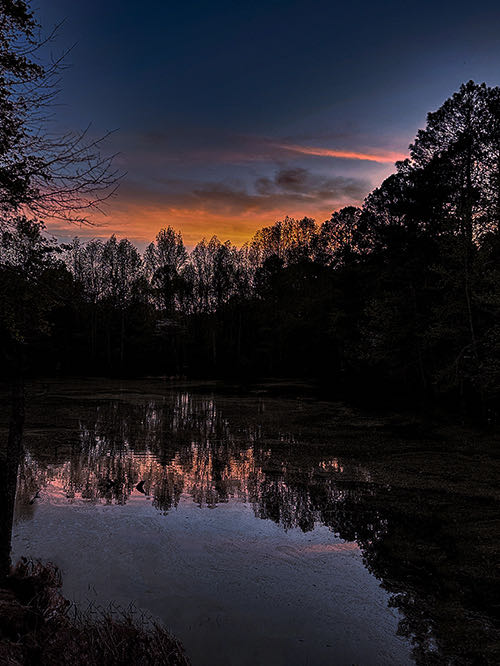









 Please report your spring, summer &
Please report your spring, summer &